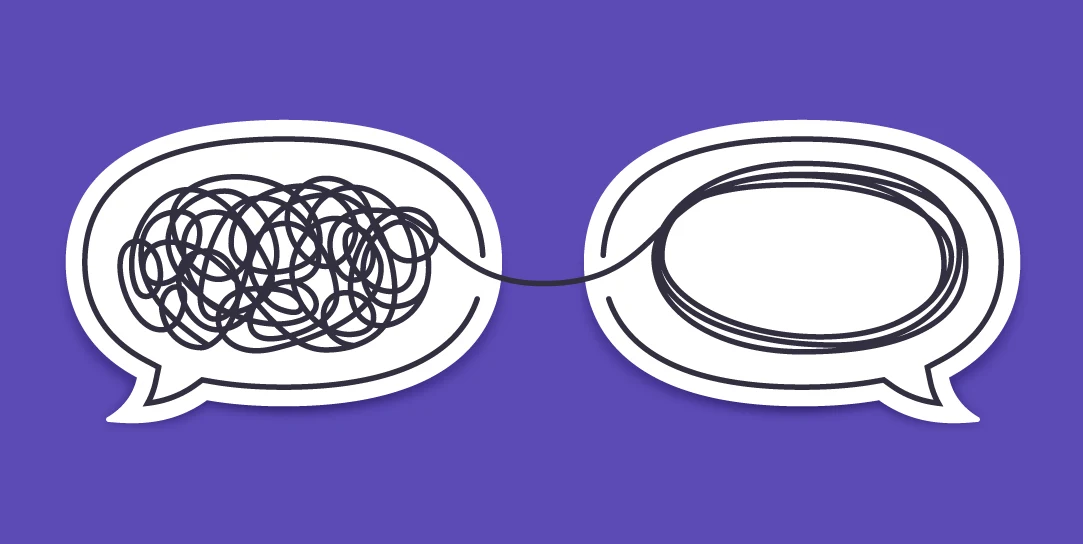Breaking down barriers: perspectives on why good research communication is a must
2021년 9월 30일 | 5분 읽기
저자: Cherie Millar, John Moore, Tom Nutt

© istockphoto.com/filo
A researcher, healthcare professional, and charity CEO share their views
Following recent discussion on getting greater impact for your work via tools such as the lay (새 탭/창에서 열기)summary and visual/graphical abstract(새 탭/창에서 열기), in this article we present insights from three stakeholders in the wider research community. Cherie Millar(새 탭/창에서 열기), researcher and clinical scientist; John Moore(새 탭/창에서 열기), clinical microbiologist working in a teaching hospital; and Tom Nutt(새 탭/창에서 열기), CEO of the charity Meningitis Now(새 탭/창에서 열기) share their views on why good research communication is vital – and why we still have some way to go before we can consider ourselves fully fluent in this regard.
Cherie, John and Tom were interviewed by Christopher Tancock
Cherie Millar, Ulster University & Northern Ireland Public Health Laboratory, Belfast City Hospital
If this work just sits in a journal and goes no further, that's a shame: it could do so much more.

“Getting your work published in a journal with a high Impact Factor is a great achievement, but what happens next? Impact Factors, citations and downloads are just part of the picture here. There is lots of work published which could practically impact on patient care but which, even if published open access, is often “invisible” or incomprehensible to a wider audience. If this work just sits in a journal and goes no further, that's a shame: it could do so much more.
There are ways in which the work could be better highlighted, and authors, editors and publishers need to work together better to drive a bigger impact. Devices such as lay summaries and visual abstracts could really help patients and multidisciplinary teams to get more out of the research. There is some good work being done and several great resources to help researchers, for example Elsevier’s Researcher Academy(새 탭/창에서 열기), but at the same time there is a lack of standardisation which leads to a mixed experience for the end user. Too many journals still don’t publish lay summaries for one thing and where visual abstracts are produced, they often vary considerably in terms of content and quality.
At the same time, researchers have to be careful not to oversell or leave their work open to misinterpretation. It is important that any patient/lay audience components are properly reviewed – these things need editorial oversight. There has to be a responsibility that the message conveyed is accurate and not misleading. Researchers must also be clear about any negatives too – a balanced approach is what’s needed.”
John Moore, Belfast City Hospital
We don't all have to learn Esperanto to communicate better but we have to do something!

“It’s really important that multiple stakeholders can understand even complex issues. In my experience, patients, carers and families are very savvy. If research is presented properly and clearly, they will be able to understand the importance of new findings and correctly interpret the conclusions of studies.
But it’s not just about the obvious stakeholders. Good, accessible research communication also benefits the wider multidisciplinary team. For any one patient, there might be up to 10-12 different healthcare professionals all needing to collaborate in order to define and manage a good treatment regime for the patient. We therefore have to communicate our particular science across the spectrum to other healthcare professionals.
There is an expectation that everyone understands everything, but this is not the case: we can’t all be experts in each other’s work. We therefore have to modify our language to ensure comprehension. When I do this, I think of BBC Radio 4 – I anticipate that my audience is probably much cleverer than I am, but I also recognise that they are not experts. It’s that sort of thinking that you need to adopt when drafting patient and public-facing information. We don't all have to learn Esperanto to communicate better but we have to do something!”
Tom Nutt, CEO Meningitis Now
We need to persuade the funding bodies supporting the research to consider patient engagement and the comprehensibility issue.

“In my experience, patients, carers and their families will often rely on patient organisations like Meningitis Now(새 탭/창에서 열기) to act in a sort of mediating role between them and the world of scientific research. We are seen partly as oracles, channelling and interpreting the messages we receive from research and partly as validators – if we give our “seal of approval” to a piece of research by promoting and commenting on it, then our stakeholders are likely to trust it.
There is a responsibility on charity/healthcare organisations to convey this information. It is a delicate operation however: the problem is that end users don't necessarily get the right or the fullest picture.
Ideally, we need to persuade the funding bodies supporting the research to consider patient engagement and the comprehensibility issue. And this includes medical research charities who often fund research. Doing so would complete the circle and bring an understanding of the research back to the general public which has often played a part in ultimately funding the research work itself. In my view, this could help drive the adoption of good research communication devices such as lay summaries and visual abstracts – and journals (and their authors) would have to embrace these elements in order to attract funding. It could also serve to broaden their readership too.”
기여자

CM
Cherie Millar

JM
John Moore

TN